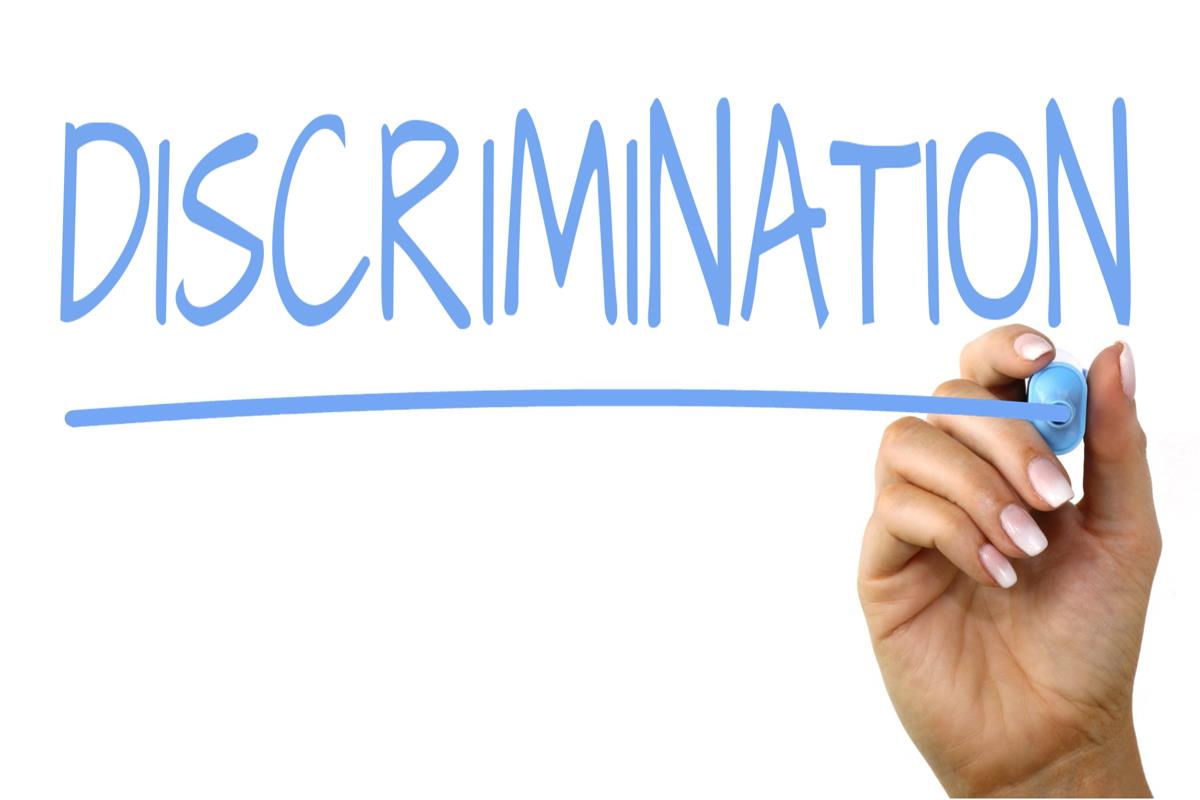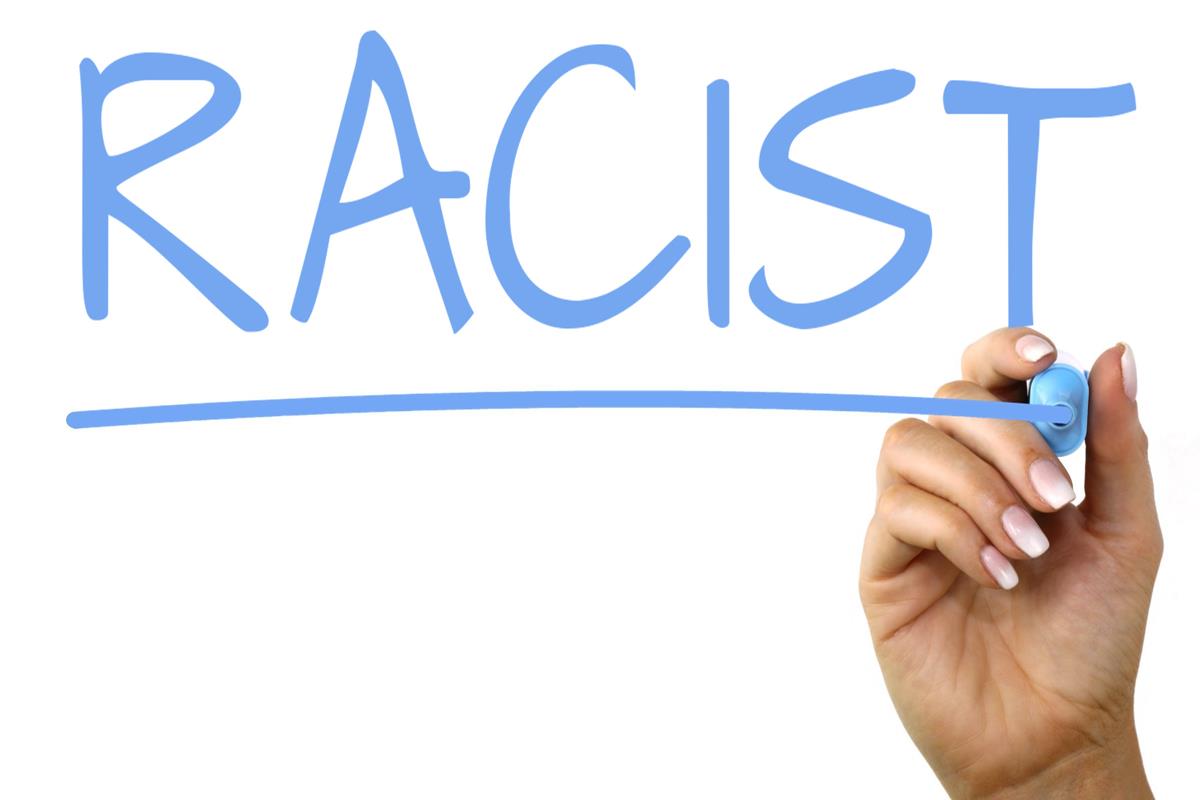Difference Between Discrimination and Racism
The term “racism” refers to prejudices, hatred and misconceptions against an individual or a group of individuals based on the idea of racial superiority.
Racism can also be defined as racial discrimination, but the term “discrimination” itself refers to a broader concept, which entails the unjust or prejudicial treatment of other people on the basis of race, sex, gender, sexual orientation, age, height, physical features or skin color.
The two concepts stem from the idea of “prejudice.” In fact, in both cases the underlying idea is the superiority of one person (or a group of people) over another individual or group, on the grounds of prejudices and stereotypes. Therefore, both discrimination and racism fall under the umbrella of prejudice, but, at the same time, racism can be seen as a subcategory of discrimination.
Both ideas have led – and continue to lead – to cases of violence and hatred.
Racism and discrimination cause fights, discrepancies and controversies within and among societies, and can lead to extremist and violent ideas. While the two sentiments have always been a part of the human nature, they are exacerbated by extremist and nationalist political discourses.
In recent years (2017), racism and discrimination have grown on the back of large waves of migration, especially in Europe but also in the United States, and we are witnessing a growth of extremist and discriminatory movements all over the world.

What is Discrimination?
The term discrimination refers to the unjust or prejudicial treatment of other individuals (or groups) on the grounds of specific features. People can discriminate – or can be discriminated – on the basis of a number of aspects, including:Sex;
Gender;
Race;
Age;
Skin color;
Physical features;
Language;
Disability;
Health problems; and
Sexual orientation.
These are just few examples of the aspects that can lead to discrimination. People tend to discriminate what they do not know or what looks different. Everyone has an educational and cultural background that is influenced by the social, political and economic environment, and that serves as filter to analyze the world.
Therefore, discrimination is often embedded and deeply rooted in our culture and in our mind, and we tend to judge people and situations on the basis of our prejudices and perspectives on the world.

What is Racism?
While discrimination leads to negative, aggressive or prejudicial behaviors against one or more individuals on the basis of a wide range of aspects, racism causes the same type of prejudicial language and behaviors on the grounds of racial differences.
In other words, when individuals believe in the superiority of their race, they tend to act in a prejudicial – and often offensive and/or aggressive – manner against members of other races.
Racism has been the main cause of countless conflicts and acts of violence, and remains a significant problem in many societies.
Cases of racism take place in all countries and affect all peoples. For instance, in the United States and Europe, white people tend to feel superior to black individuals, and forms of racism against African Americans or people of African descent are visible at all levels of society.
For instance, statistics have shown that black people are less likely to obtain high-paying jobs or to climb the social ladder, moving from the low-income class to the high-income levels, with the pay gap between white and black people growing at a steady pace.
At the same time, white people often enjoy more opportunities and are likely to have a higher income compared to black individuals.
Racism can take many forms and can be directed to anyone. This feeling is often tied to the idea of nationalism – hence Americans tend to discriminate Mexicans and Latinos, while some Europeans are less intolerant with Africans and people from the Middle East.
Similarities between Discrimination and Racism
Both discrimination and racism can be placed under the umbrella of prejudice. Although discrimination is a broader concept than racism, the two have some aspects in common, including:
- In both cases, a person or an individual can be antagonized because of racial features. Both discrimination – especially racial discrimination – and racism are based upon the prejudice of racial superiority, and both can lead to violent and oppressive behaviors;
- Both racism and discrimination are influenced by the social and cultural environment and both can result in preferential or prejudicial treatment of people based on personal or collective prejudices;
- Both can result in the exclusion and oppression of minority groups. Discriminated groups of people tend to be marginalized and have fewer opportunities and enjoy fewer benefits in societies. For instance, persons with disabilities, members of the LGBTI community and black people usually enjoy fewer employment opportunities, face some sorts of discrimination (even in public places) and tend to have lower paying jobs;
- Both racism and discrimination are caused by a close-minded approach and by fear of what is different. In addition, both are often linked to nationalistic and extremist ideas of racial superiority. In recent years, politicians all over the world have uses people’s fears to promote their agendas and to insist on the necessity of stronger immigration laws. Even though the debate around immigration and nationalism is much wider and articulated, “fear of the foreigner” as well as racial and discriminatory prejudices remain at the basis of most nationalist movements; and
- Both racism and discrimination are often linked to stereotypes and common misconceptions.
Difference between Discrimination and Racism?
Even though the terms discrimination and racism are often used interchangeably, there are some key differences between the two, including:
- The concept of discrimination is much broader than the idea of racism. In fact, discrimination can refer to a prejudicial and antagonistic behavior on the grounds of, inter alia, sexual orientation, gender, age, disability, and race. One of the most widespread types of discrimination is against LGBTI people, with several countries continuing to ban, and even outlaw, same-sex unions. Conversely, racism only refers to the belief of racial superiority; and
- Racism is, indeed, a form of discrimination based on racial differences, and can be categorized as a subset of the concept of discrimination. By focusing the antagonistic and prejudicial behavior on racial features and aspects, racism can translate in aggressive and violent actions aimed at proving and highlighting one’s (or one group’s) racial superiority.
Discrimination vs Racism
Building on the differences outlined in the previous section, we can identify few other aspects that differentiate racism from discrimination.
Here is the comparison table to show the difference between Discrimination and Racism

Summary of Discrimination Verses Racism
- Discrimination and racism are two sentiments that stem from prejudices and stereotypes, and that lead people to act in a violent and antagonistic way. While racism is discriminatory, discrimination is not always (or only) racial. Racism can be considered as a subcategory of discrimination, and both concepts fall under the umbrella of prejudice. The term discrimination refers to a prejudicial or antagonistic behavior against a person or a group on the grounds of – inter alia – sex, gender, sexual orientation, language, race, skin color, disability, age, weight and height. Conversely, racism is based on the belief of racial superiority and can translate into discriminatory behaviors against people of other races.
- Racism and discrimination can take many forms;they can result in violent acts, or can be more subtle – thus resulting in the marginalization of minority groups and/or individuals. Discrimination and racism are visible at levels of society, and often translate in fewer opportunities and benefits for the discriminated minorities or groups. In addition, both sentiments can be exacerbated by nationalist and extremist political discourses, and can translate into closer societies and less welcoming countries.
- Difference Between Michelle Obama and Melania - January 29, 2019
- Difference Between Trump and Modi - December 4, 2018
- Difference Between Carbon Tax And Cap And Trade - December 4, 2018
Search DifferenceBetween.net :
1 Comment
Leave a Response
References :
[0]Karlsen, Saffron, and James Y. Nazroo. "Relation between racial discrimination, social class, and health among ethnic minority groups." American journal of public health 92.4 (2002): 624-631.
[1]Nazroo, James Y. "The structuring of ethnic inequalities in health: economic position, racial discrimination, and racism." American journal of public health 93.2 (2003): 277-284.
[2]Williams, David R. "Race, socioeconomic status, and health the added effects of racism and discrimination." Annals of the New York Academy of Sciences 896.1 (1999): 173-188.
[3]Image credit: http://www.thebluediamondgallery.com/handwriting/images/racist.jpg
[4]Image credit: http://www.thebluediamondgallery.com/handwriting/images/discrimination.jpg

I adamantly disagree that racism and discrimination can be put under the umbrella of prejudice. Rather Racism is the umbrella under which you will find prejudice and discrimination. 1st you judge a person/group without the facts, then based on your preconceived ideas you discriminate/ take action and based on your prejudiced ideas and discriminatory behavior you seek to pass laws/ordinances that stop the equal distribution of economic and political power. THIS IS CALLED RACISM. RACISM, PREJUDICE and DISCRIMINATION are not synonymous.